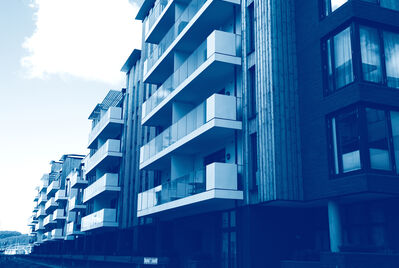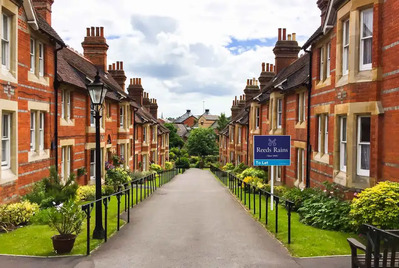
The most important thing for you to understand, as a landlord, is that you have a duty of care to your tenants. That means you are legally obliged to provide accommodation that is safe for them to live in and must do all you can to minimise the risks from the hazards, for England, this is outlined in the Housing Health and Safety Rating System (HHSRS).
Here are 10 of the most important things for you to know about your safety obligations in England.
- Gas safety. It’s a legal requirement to ensure all gas equipment you supply is safely installed and maintained by a Gas Safe registered engineer. You must have an annual gas safety check and provide the tenant with a copy of the certificate at the time they move in.
- Electrical safety. While there is only a requirement to obtain an electrical safety certificate if your rented property is an HMO (inspection required every 5 years), every landlord must ensure that both the electrical system and any appliances provided are safe. The best way to do that is by instructing a ‘Part-P’ qualified electrician to carry out an inspection on the system every 3-5 years and have a PAT test on appliances every 12 months.
Fire safety
- Risk assessment. You should have a ‘competent person’ carry out a risk assessment on the property and keep a written record. Ideally, instruct a fire safety specialist to carry it out on your behalf. It should be reviewed between tenancies to make sure nothing has materially changed.
- Fire & match resistant furnishings. All the furnishings and upholstered furniture you supply (e.g. sofas & armchairs) must meet fire safety regulations, which should be confirmed with a permanent manufacturer’s label. Mattresses and bed bases must have a label that shows that they meet the BS7177 safety standard.
- Alarms. The law in England states there must be a working smoke alarm on each floor of the property, tested at the start of each tenancy. Ideally, it is worth going further than the legal minimum requirement and have a smoke alarm in all living rooms, hallway and landing, plus a heat sensor in the kitchen (all these are required in Scotland). Carbon monoxide alarms must also be installed in rooms where there is a solid fuel burning appliance, but as this can be lethal, again it is worth installing one in all lets.
- Clear escape routes & trip hazards. These will both be covered in your risk assessment but, because tenants may inadvertently obstruct escape routes with their possessions during the tenancy, it’s a good idea to have clear notices in fire escape route areas and on doors. It is also one of the checks worth making on periodic visits.
Harmful bacteria
- Damp, mould & condensation. Mould is considered a health hazard for tenants, so you must do all you can to ensure the property is properly ventilated, particularly in rooms where there are high levels of condensation, such as the kitchen and bathroom. It is worth using mould-resistant paint on the walls and floors in these rooms and look out for mildew during periodical inspections. However, always make sure the cause of mould is understood before taking any action, otherwise it is likely to return.
General safety
- Security. Door and windows should be fitted with appropriate locks and the boundaries – such as walls or fencing – should be well-maintained. It is also advisable to install external lighting. All keys to external doors should be carefully registered to ensure that only the tenants, property manager and landlord are able to enter.
- Operating manuals & emergency procedures. To ensure safe use of the equipment you’ve provided, you should leave instruction manuals in the property. There should also be clear information as to the steps tenants should take in an emergency, to reduce the chance of their suffering any injury, e.g. if there is a fire or flood in the property.
- Repairs. If the fabric of the property, its furnishings or fittings fall into disrepair, it could cause safety issues for your tenants. Under the Landlord and Tenant Act 1985 and recent amendment, the Homes (Fitness for Human Habitation) Act 2018, you are legally required to ensure the property is fit for habitation at the start of the tenancy and maintained in good condition throughout.
If you currently manage lets yourself, and would like help keeping your tenants safe, do contact your local Reeds Rains branch and they will be happy to help.
The Reeds Rains Content Marketing Team



